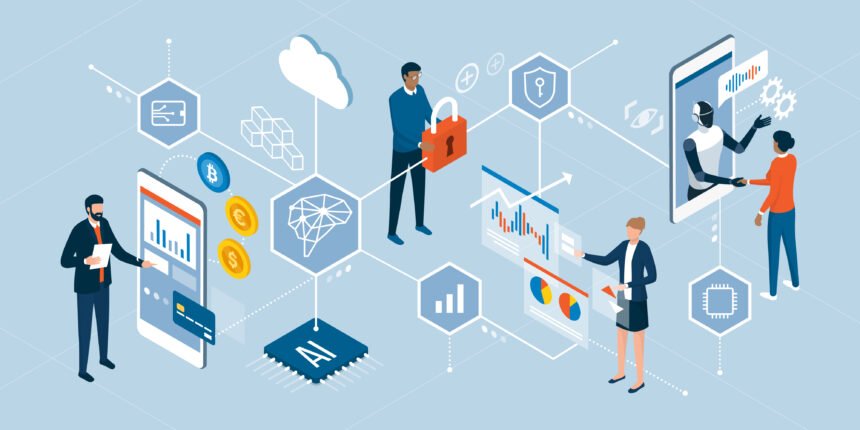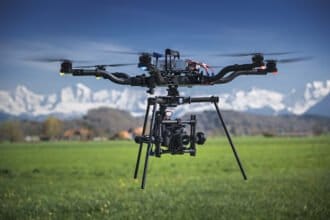The COVID-19 pandemic fundamentally altered the marketing landscape, and in many ways for the better. While live streaming and video marketing have long been a part of a marketers toolkit, the prolonged lockdowns, social distancing, and travel bans over the course of the pandemic helped thrust it into the limelight, resulting in widespread adoption and since making it indispensable for business.
This quick adoption, and seamless integration into the marketing workflows of global organizations was largely made possible by the substantial advances in AI, especially in recent years. While often being subtle and detectable, these advancements have since paved the way for mainstream adoption of live streaming of video marketing and webinar content, with no going back to the old ways for most teams.
Why Run A Webinar At All?
Even though webinars have been around since the early-2000s, the core crux of B2B marketing and enterprise sales still relied on trade shows, conferences, cold calls, and physical demonstrations. Webinars were mostly reserved for conducting classes, seminars, or courses with a distributed, or worldwide audience, albeit with limited capabilities owing to bandwidth restrictions.
Today, webinars represent a great way for marketers to get in touch with potential customers all over the world, make their pitches, demonstrate capabilities, and answer any questions seamlessly, and without any friction. For deeper insights on the use of webinars for marketing and lead generation, you can refer to ActualTech’s IT webinar guide to better understand the substantial use-cases.
AI Advances Helping With Live Streaming Video Marketing
While the COVID-19 was the catalyst that coerced professionals across the globe to adopt and accept webinars as a way to keep their sales and operations chugging along, it was the remarkable advances in the core tech that allowed for such a seamless transition.
Almost anyone who has been in touch with webinar and video conferencing tech over the past decade can vouch for the magnitude of changes witnessed in this segment over the past few years. Here are some of the notable advances that we know of in this regard.
1. Increased Personalization
The first, foremost, and least subtle of the lot is the enhanced personalization capabilities when it comes to webinars.
On the same lines of Netflix understanding your watch history to recommend shows and movies that you need to watch next, AI has made phenomenal strides when it comes to personalized offerings for a wide range of people attending a free webinar.
2. Tracking & Analytics
A webinar with 1,000s of attendees is often a treasure trove of data, everything from the levels of engagement, to time they spent listening stands to add substantial value to marketing teams, in order to better refine their content going forward.
There are certain segments that witness high engagement, and others that are a snooze-fest, knowing which is what can help hosts better plan their content, and maximize engagement in future sessions.
Advances in analytics in this regard can further help you ascertain the total leads, sales, and other conversions resulting from a webinar.
3. Content Localization
One of the most remarkable aspects of advances in AI pertaining to live streaming is the real-time live captioning, and that too in a variety of local languages. If a section of your audience is unable to receive quality audio and video, they can always focus on the subtitles, or the automatically generated transcript to get a gist of your offerings.
Final Words
These are undeniably exciting times for both AI as well as the profession of marketing, and with flurry of activity taking place across AR, MR, the metaverse, and more, all of which will likely converge with AI in many ways, the future of marketing and communications is scary and invigorating at the same time.











